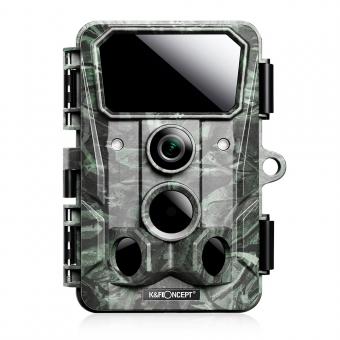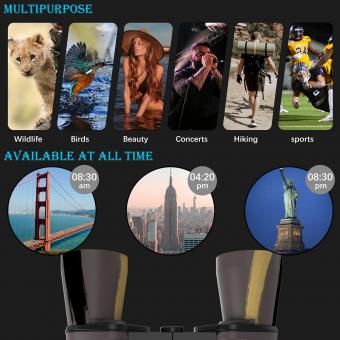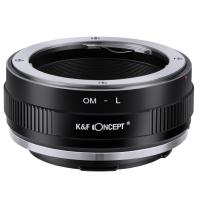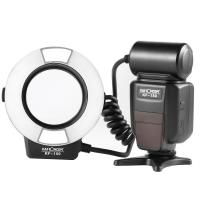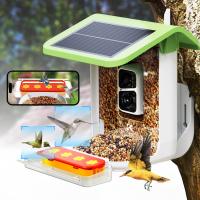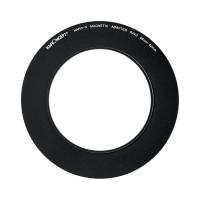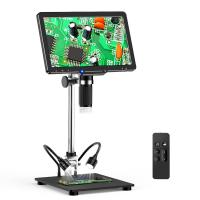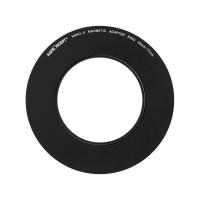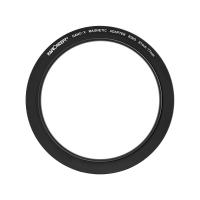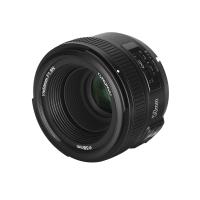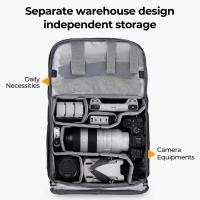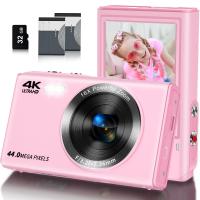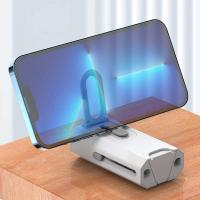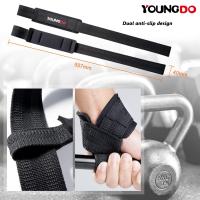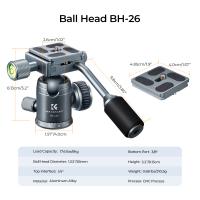How To Buy Binoculars For Wildlife ?
When buying binoculars for wildlife, there are a few key factors to consider. First, you'll want to choose a magnification that is appropriate for the distance you'll be observing from. For most wildlife viewing, a magnification of 8x or 10x is sufficient. Next, consider the size of the objective lens - larger lenses will allow more light in and provide a brighter image, but will also make the binoculars heavier and bulkier. A size of 42mm is a good compromise for most wildlife viewing. Finally, consider the quality of the optics - look for binoculars with high-quality lenses and coatings that will provide a clear, sharp image. Other features to consider include waterproofing, durability, and ease of use. It's also a good idea to try out several different models before making a purchase to find the one that feels most comfortable and provides the best image quality for your needs.
1、 Magnification and Objective Lens Size

Magnification and Objective Lens Size are two important factors to consider when buying binoculars for wildlife observation. Magnification refers to the degree of enlargement of the image seen through the binoculars. A magnification of 8x or 10x is ideal for wildlife observation as it provides a clear and stable image without too much shaking. However, higher magnifications can make the image appear shaky and difficult to focus on.
The objective lens size refers to the diameter of the front lens of the binoculars. A larger objective lens size allows more light to enter the binoculars, resulting in a brighter and clearer image. However, larger objective lenses also mean heavier and bulkier binoculars, which can be difficult to carry around for extended periods.
When buying binoculars for wildlife observation, it is also important to consider the quality of the optics, the durability of the binoculars, and the ease of use. Look for binoculars with high-quality lenses and coatings that reduce glare and improve image clarity. Choose binoculars that are waterproof and fog-proof, as these features will ensure that the binoculars can withstand harsh weather conditions.
In recent years, there has been a growing trend towards using binoculars with image stabilization technology. These binoculars use gyroscopes to stabilize the image, resulting in a clearer and more stable image even at higher magnifications. However, these binoculars tend to be more expensive than traditional binoculars.
Overall, when buying binoculars for wildlife observation, it is important to consider the magnification and objective lens size, as well as the quality, durability, and ease of use of the binoculars.
2、 Prism Type and Coatings
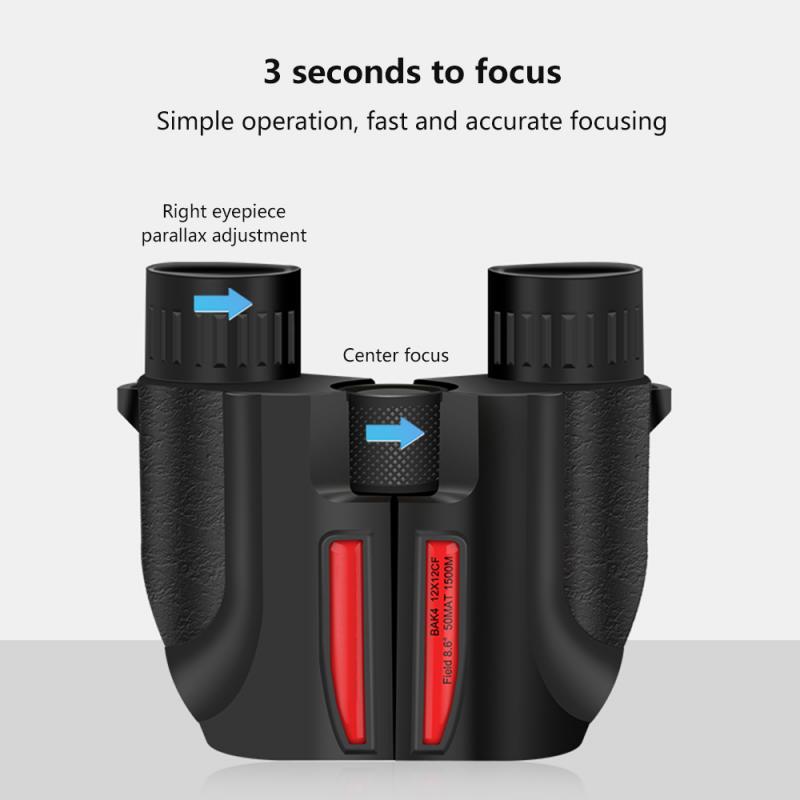
Prism Type and Coatings are two important factors to consider when buying binoculars for wildlife observation.
Prism Type: There are two types of prisms used in binoculars - Porro and Roof. Porro prisms are bulkier and provide better depth perception, making them ideal for wildlife observation. Roof prisms, on the other hand, are more compact and lightweight, making them easier to carry around. However, they may not provide the same level of image quality as Porro prisms.
Coatings: Binoculars come with different types of coatings on their lenses, which affect the quality of the image. The most common coatings are anti-reflective coatings, which reduce glare and improve image clarity. Other coatings include phase correction coatings, which improve color accuracy and contrast, and waterproof and fog-proof coatings, which protect the binoculars from moisture and condensation.
When buying binoculars for wildlife observation, it is important to consider the environment in which you will be using them. If you plan to use them in wet or humid conditions, look for binoculars with waterproof and fog-proof coatings. If you want the best image quality, choose binoculars with Porro prisms and high-quality coatings.
In recent years, there has been a trend towards using binoculars with image stabilization technology, which reduces hand shake and provides a steadier image. However, these binoculars tend to be more expensive and heavier than traditional binoculars. Ultimately, the best binoculars for wildlife observation will depend on your personal preferences and budget.
3、 Field of View and Close Focus
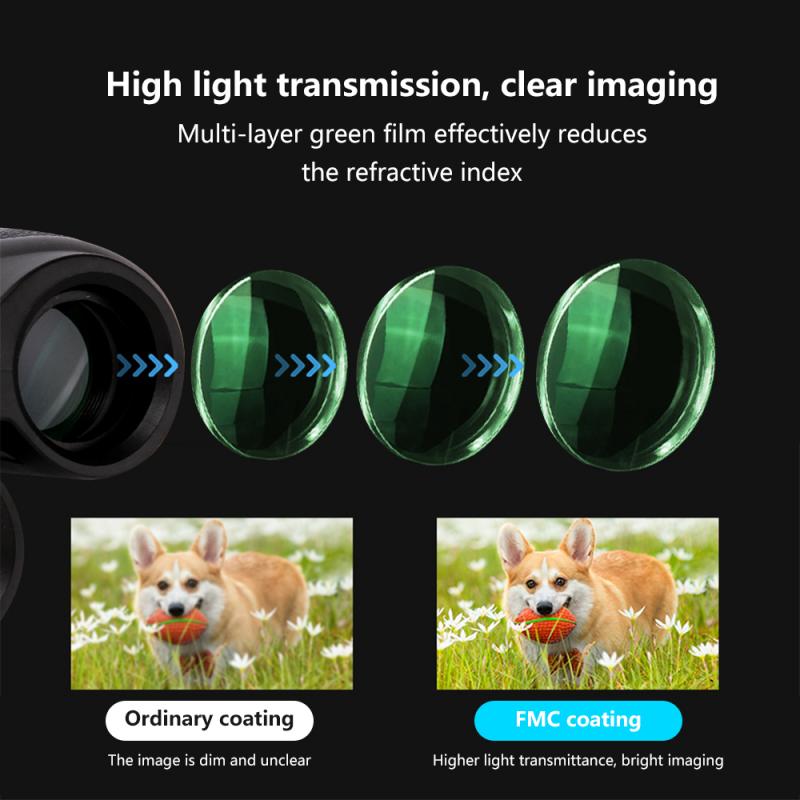
How to buy binoculars for wildlife:
When it comes to buying binoculars for wildlife, there are a few key factors to consider. Here are some tips to help you choose the right pair:
1. Magnification: For wildlife viewing, a magnification of 8x or 10x is recommended. Higher magnifications can make it difficult to hold the binoculars steady and can result in a narrower field of view.
2. Objective lens size: The larger the objective lens, the brighter the image will be. However, larger lenses also mean heavier binoculars. A size of 42mm is a good compromise between brightness and weight.
3. Quality of optics: Look for binoculars with high-quality lenses and coatings to ensure a clear, bright image.
4. Field of view: A wider field of view makes it easier to locate and track moving wildlife. Look for binoculars with a field of view of at least 300 feet at 1000 yards.
5. Close focus: If you plan to observe insects or other small creatures, look for binoculars with a close focus of 6 feet or less.
6. Ergonomics: Choose binoculars that feel comfortable in your hands and are easy to adjust.
7. Budget: Binoculars can range in price from under $50 to over $2000. Determine your budget and look for the best quality binoculars you can afford.
In addition to these factors, it's also important to consider the latest advancements in binocular technology. For example, some binoculars now come with image stabilization technology, which can help reduce hand shake and provide a steadier image. Others may have built-in rangefinders or other features that can enhance your wildlife viewing experience.
4、 Eye Relief and Comfort
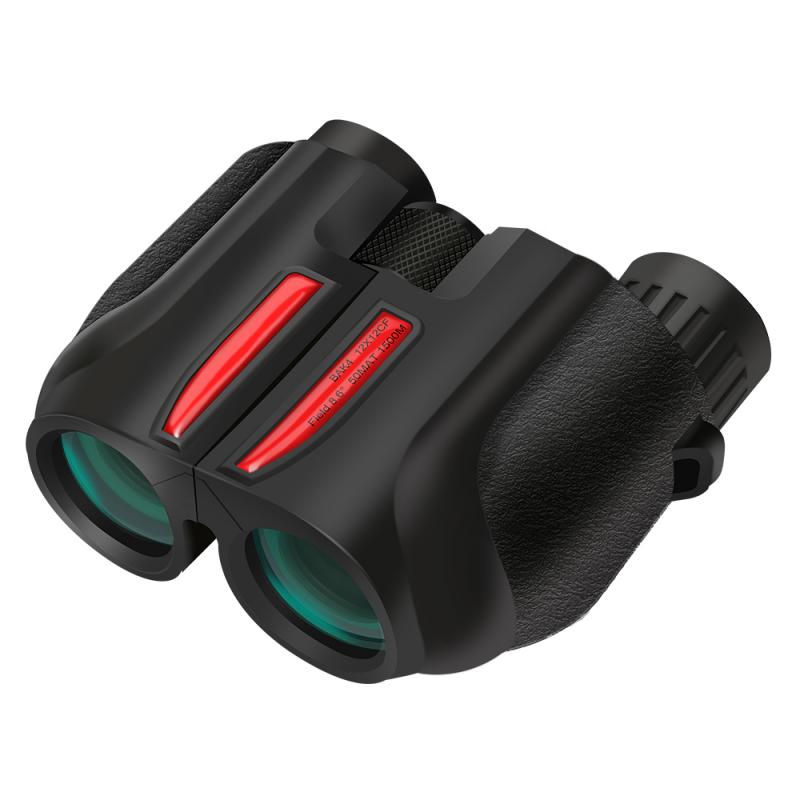
When buying binoculars for wildlife, it is important to consider eye relief and comfort. Eye relief refers to the distance between the eyepiece and your eye when the binoculars are in use. This is important for people who wear glasses or have a limited range of motion in their eyes. A longer eye relief will allow you to use the binoculars without having to remove your glasses or strain your eyes.
Comfort is also important when using binoculars for extended periods of time. Look for binoculars with a comfortable grip and lightweight design. Some binoculars also come with adjustable eyecups that can be adjusted to fit your eyes and provide a comfortable viewing experience.
In addition to eye relief and comfort, consider the magnification and objective lens size when buying binoculars for wildlife. A magnification of 8x or 10x is ideal for wildlife viewing, while a larger objective lens size will provide a brighter and clearer image.
It is also important to consider the quality of the optics and the durability of the binoculars. Look for binoculars with high-quality lenses and coatings that will provide a clear and sharp image. Waterproof and fog-proof binoculars are also important for outdoor use.
In summary, when buying binoculars for wildlife, consider eye relief and comfort, magnification and objective lens size, quality of optics, and durability. With these factors in mind, you can find the perfect binoculars for your wildlife viewing needs.










